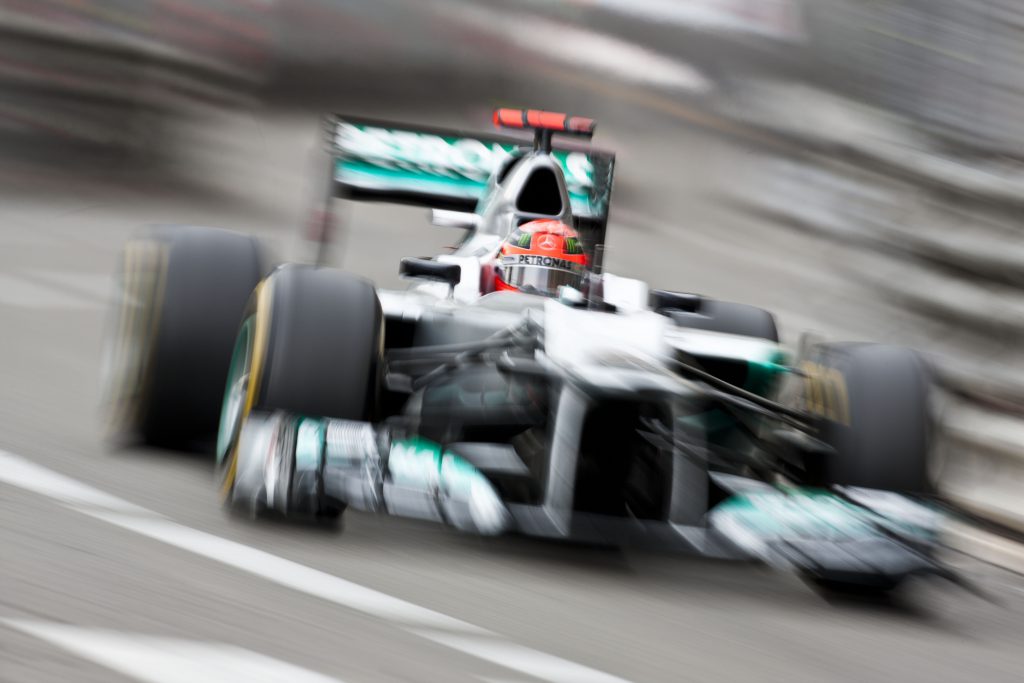Up Next

Not many 38-year-olds earn a Formula 1 contract, let alone a comeback after two years away as Fernando Alonso has done.
The days when the over-40s regularly raced in F1 are long gone, so the title successes of Juan Manuel Fangio – all in his fifth decade – don’t count for much as a precedent. The demands of grand prix racing are very different and there’s a good reason why a driver’s prime is generally in his mid-20s to mid-30s.
But as he turns 40 next year, Alonso can at least look to the achievements of a group of drivers in more recent years aged 38 or more for proof that that, if you are good enough, you’re young enough.
Raikkonen’s final victory… probably
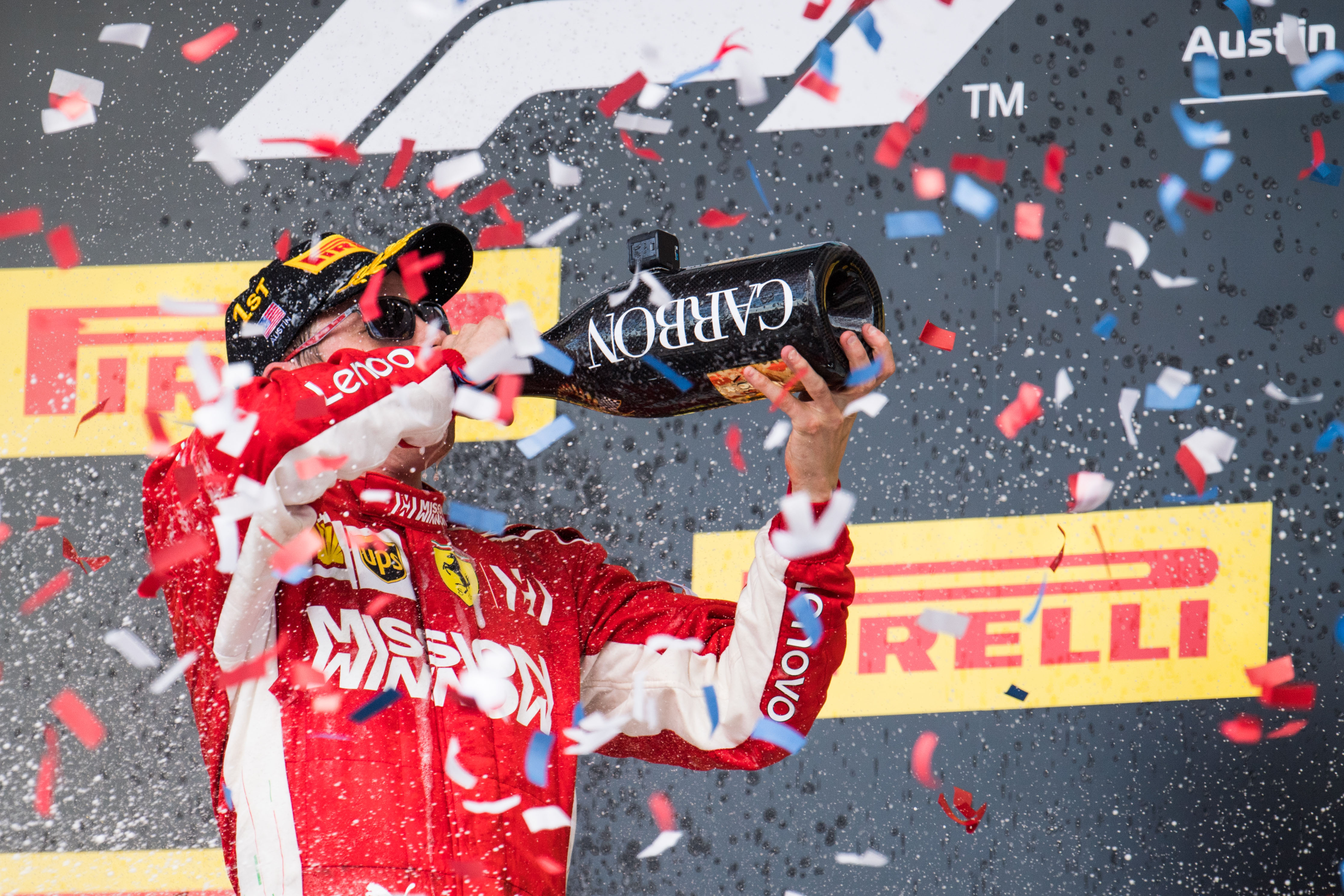
There was only one day during Kimi Raikkonen’s second stint with Ferrari when everything came together and he won. As he said over the radio after winning the 2018 United States Grand Prix – “finally”. By this time, he already knew he was going to lose his seat to Charles Leclerc but drove a superb race to take what will likely stand as his last F1 victory just four days after his 39th birthday.
Raikkonen’s victory was dependent on several key moments. Firstly, he had to take the lead at the start from second on the grid, having been moved up a position by Sebastian Vettel’s three-place grid penalty after failing to slow for red flags during practice. The grip advantage helped him do it and he passed polesitter Lewis Hamilton’s Mercedes on the inside line into Turn 1.
During the first stint, he had to maintain his 2.5s lead over Hamilton to protect against the undercut while not taking too much out of his ultrasoft Pirellis in order to ensure he made a one-stop race work. Raikkonen then stayed out under the VSC while Hamilton pitted, so had to ensure that he kept up the pace to minimise any time loss to the Mercedes driver, who was now on a two-stopper.
On the way, Raikkonen also had to hold Hamilton up for as long as possible, inevitably being passed by the Mercedes driver with a fresh-rubber advantage. Then, he had to close in, having made his only stop of the race to ensure he was within Hamilton’s pitstop window.
Raikkonen did all this to perfection, winning a race that was very easy to have lost and showing what he was still capable of when the stars aligned.
Schumacher’s pole position that never was
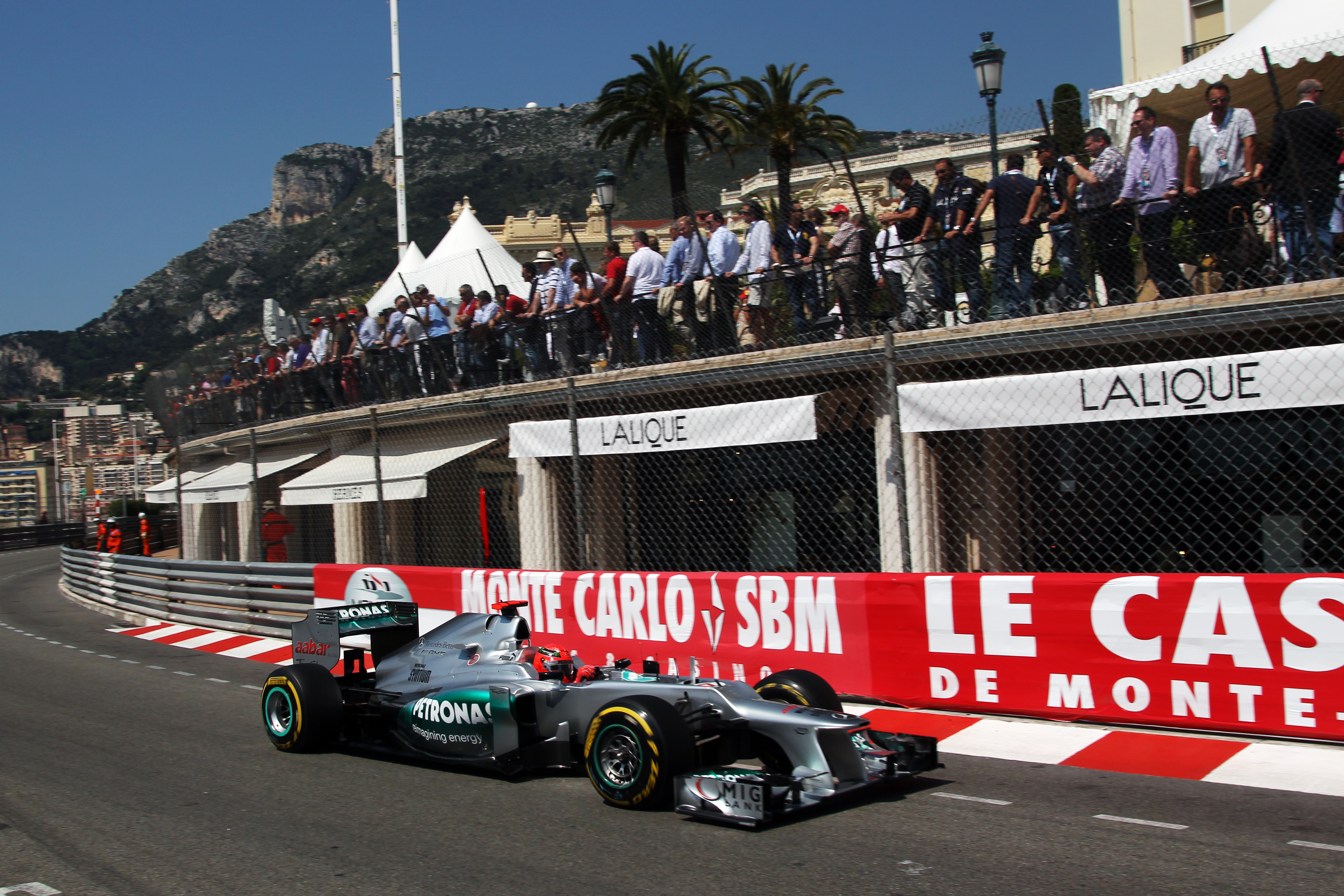
The record books state the best grid position of Michael Schumacher’s three-year Formula 1 comeback was second. But thanks to a Bruno Senna-related quirk of fate, it’s often forgotten that the 43-year-old topped qualifying for the 2012 Monaco Grand Prix one month before scoring his final podium with third place in the European Grand Prix at Valencia.
In Monaco, he outpaced Mercedes team-mate Nico Rosberg by 0.067s in the knowledge that he had a five-place grid penalty for rear-ending Bruno Senna in the preceding Spanish Grand Prix. But even so, he made his point and this was the day in that three-year comeback stint when he truly recaptured the peaks of his ‘first’ F1 career.
By way of footnote, had the race panned out as you would expect, Schumacher would likely have retired from the lead with a hydraulics failure had he held onto the lead at the start and during the pitstop phase. Then, there’s no chance it would’ve been forgotten.
Andretti’s Monza pole for Ferrari
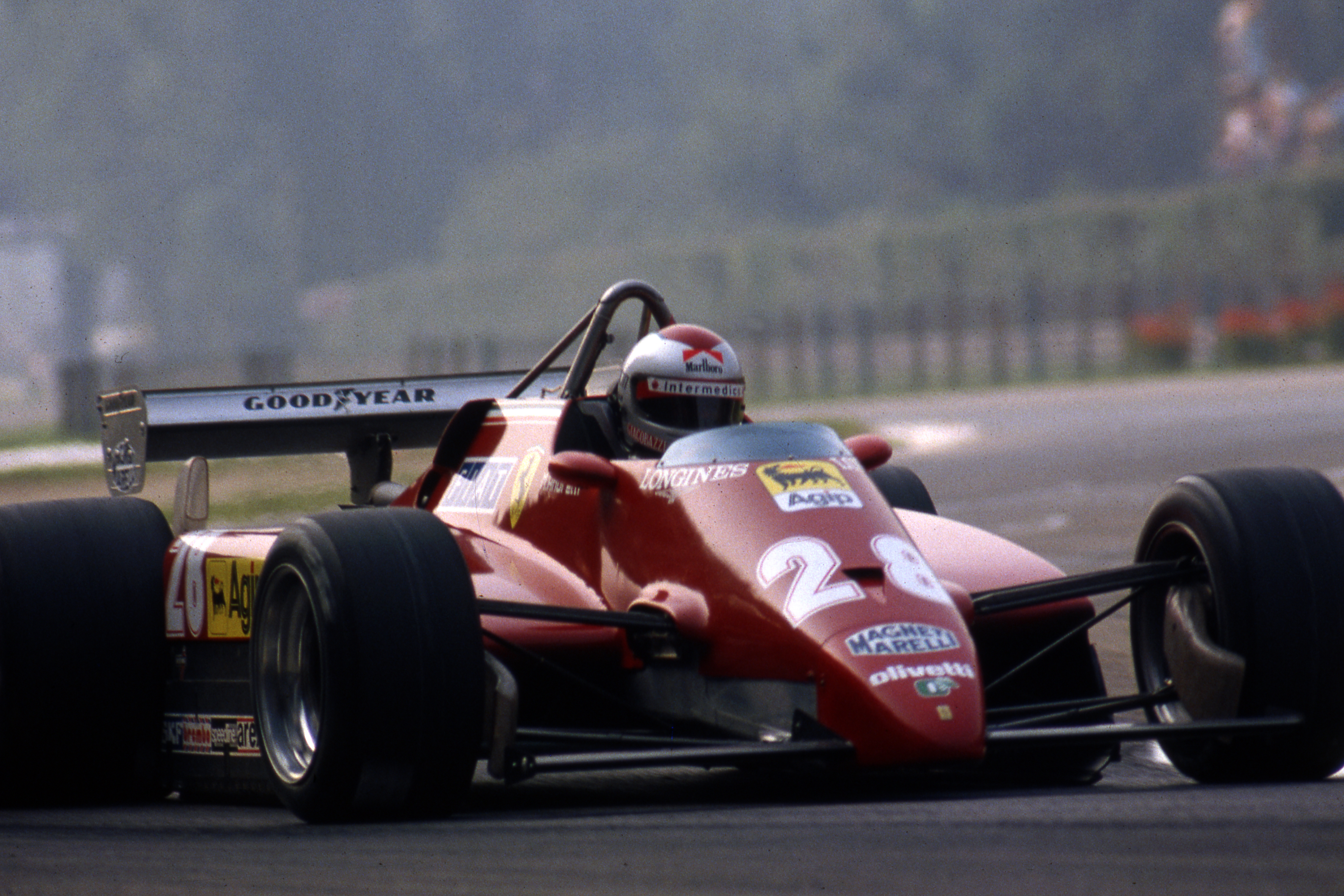
Mario Andretti was 42 years old when Ferrari recalled him to take the place of the injured Didier Pironi at Monza. He was racing full-time in IndyCar, having departed F1 at the end of a disappointing campaign in the uncompetitive Alfa-Romeo of 1981. He’d stood in at Williams at Long Beach early in the ’82 season following the sudden retirement of Carlos Reutemann, but it had been a quiet race. But now Maranello was calling him back.
Gilles Villeneuve had been killed, Didier Pironi terribly injured. Patrick Tambay had represented just a single car Ferrari entry for two races, but that was unacceptable at Monza and, besides, Ferrari was trying to retain its lead in the constructors’ championship. It would be a return ‘home’ for Mario, who had won a grand prix (South Africa ’71) for the Scuderia during a part-time stint with the team in 1971-72, in between his American commitments.
The call was too strong to resist. He tested the car at Fiorano for a morning early in the week, professed himself happy – and spent the afternoon on a motorcycle trip in the mountains with his wife! Then he turned up at Monza in front of the adoring crowds and stuck it on pole – faster than the Brabham-BMWs of Nelson Piquet (30 years old) and Riccardo Patrese (28), faster than the Renaults of Alain Prost (27) and Rene Arnoux (34), faster than Tambay (33) in the other Ferrari, all of them in fully competitive turbo cars.
He finished third in the race – but only because he lost a turbo on one bank of cylinders. “Otherwise it would’ve been a cruise,” he related of what he considered a lost victory.
Mansell upstages the title rivals
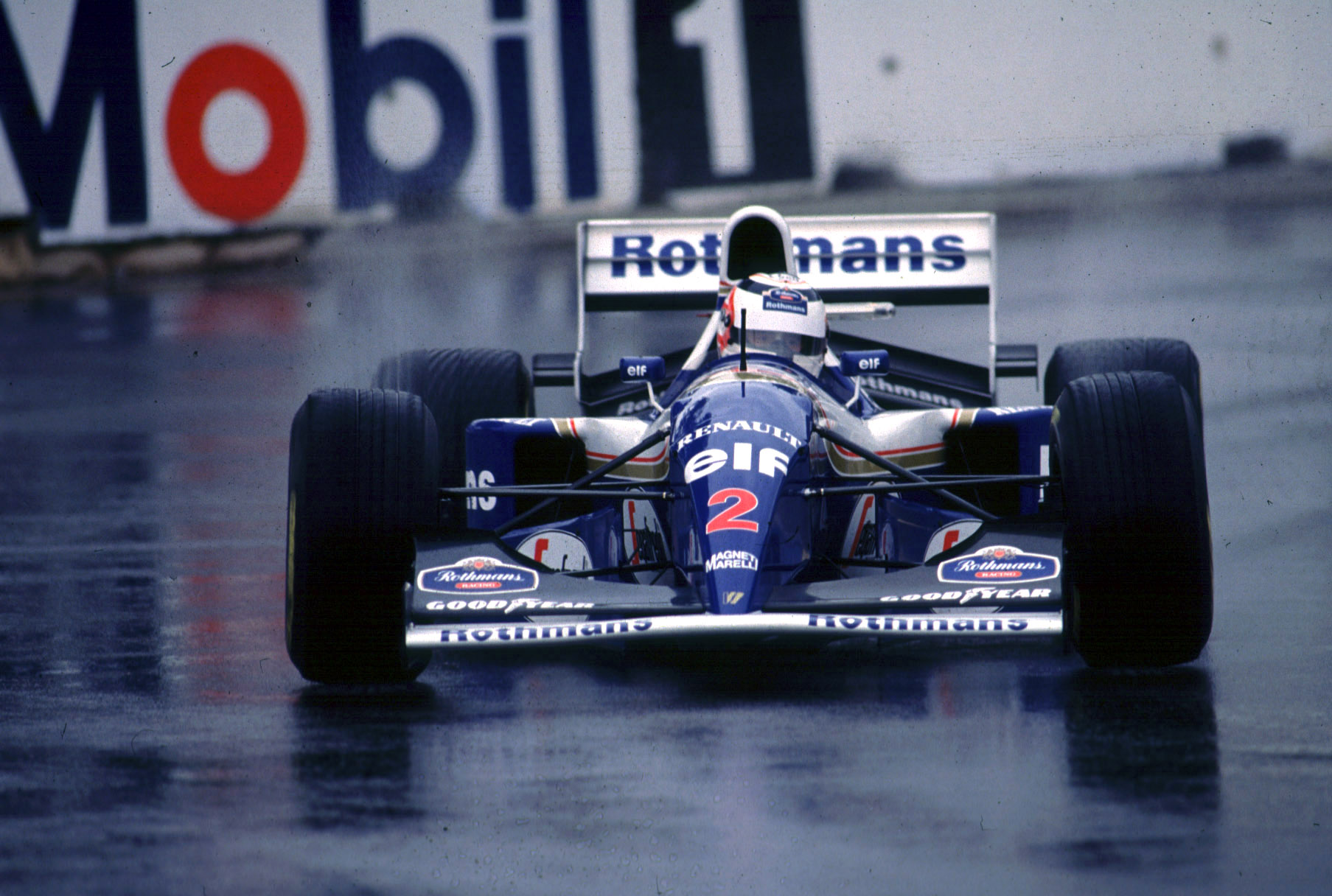 Forty-one-year-old Nigel Mansell put his Williams on a stunning pole position for the 1994 season finale in Adelaide, having been called back to the team as a stand-in for the last three races as support for Damon Hill’s championship battle with Schumacher after an appearance earlier in the year at Magny-Cours.
Forty-one-year-old Nigel Mansell put his Williams on a stunning pole position for the 1994 season finale in Adelaide, having been called back to the team as a stand-in for the last three races as support for Damon Hill’s championship battle with Schumacher after an appearance earlier in the year at Magny-Cours.
While the attention had been on the two title combatants as they fought for pole, and it had looked as if Schumacher had clinched it, a spectacular late effort from Mansell beat 34-year-old Hill’s time by a whopping 0.65s, and shaded the Benetton of 25-year-old Schumacher by a couple of hundredths. On a much heavier single-stop fuel load than the two title fighters, he let them race each other – and when they collided, he came home to take his final victory.
Well, we assume it’s his last. He still maintains he hasn’t retired – but he’s now 66.
Reutemann at his best at the end
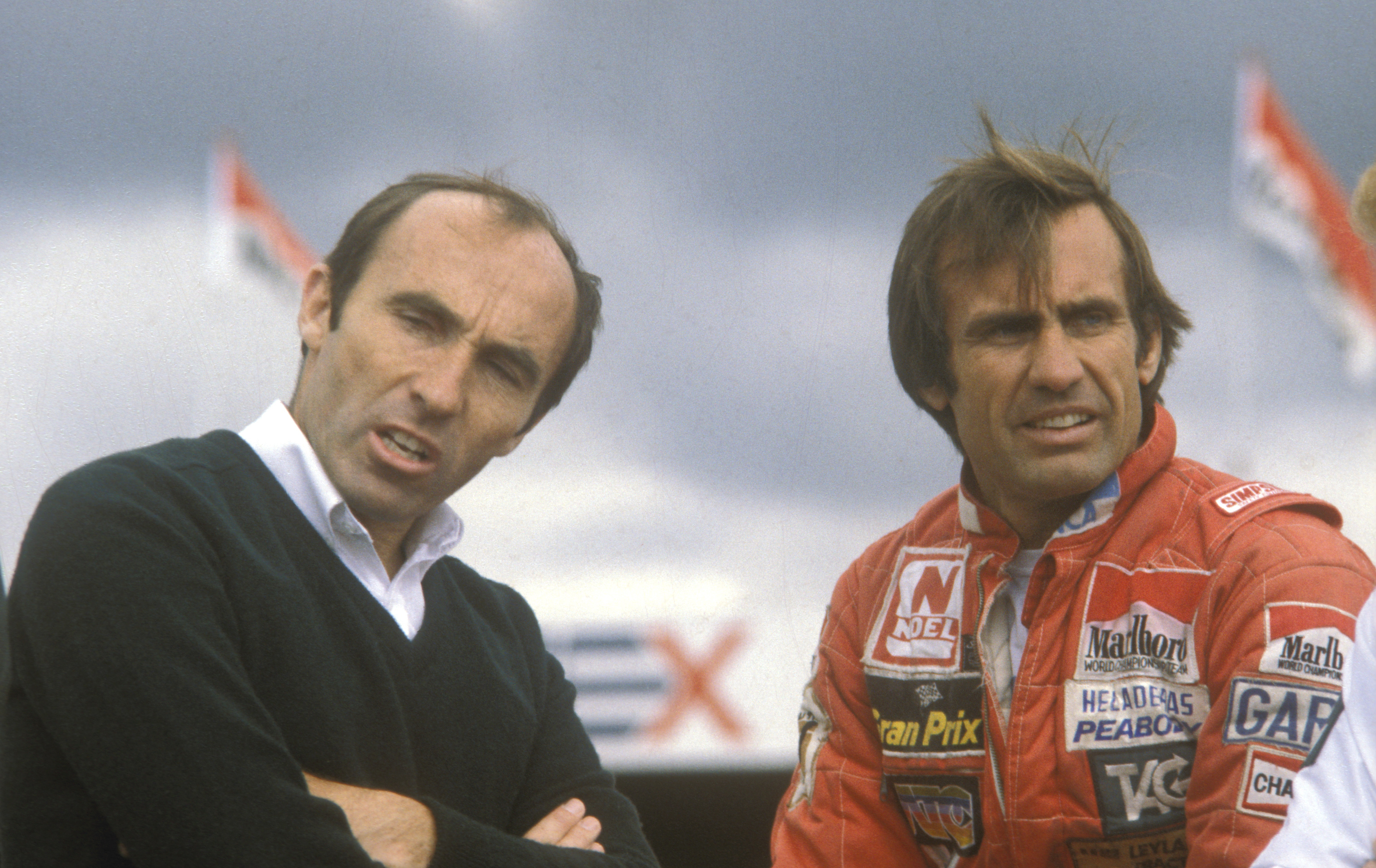
Carlos Reutemann was an enigmatic talent. He set pole on his grand prix debut (Argentina ’72) as a 30-year-old and some of his victories for Brabham and Ferrari in the 70s were truly dominant. But the closest he ever came to the elusive world crown was with Williams as a 39-year-old in 1981, when he lost out to Piquet at the season finale.
That campaign was not one of the steady old hand against a faster young gun. If anything, Reutemann’s raw speed that year was greater than Piquet’s. At both Imola and Monza Reutemann’s qualifying efforts in the Williams FW07 were quite stunning. Both these tracks were power venues and the normally-aspirated cars such as his stood no chance in qualifying against the turbos. Yet at Imola, 39-year-old Reutemann split the pole position Ferrari turbo of Gilles Villeneuve and two Renaults of Arnoux and Prost to put himself on the front row. His time was over half a second faster than the next fastest normally-aspirated car (Piquet’s Brabham) and a full second quicker than team-mate Alan Jones.
At Monza he was yet more impressive. He again put himself on the front row, behind Arnoux’s Renault turbo but ahead of Prost’s. His lap was 0.9s faster than the next-quickest normally-aspirated car (Jacques Laffite’s Ligier), 1.2s faster than Jones, 1.3s faster than Piquet. An open-mouthed Villeneuve commented: “That’s the qualifying lap of the season. Unbelievable!”
Reutemann retired suddenly early in the 1982 season. But not before delivering one of the greatest drives of his – or anyone else’s – career just a few weeks short of his 40th birthday, at Kyalami. On a high-altitude circuit that exaggerated the turbo car’s advantage, Reutemann finished second in his ageing Williams FW07, splitting the Renaults and finishing half-a-minute ahead of his younger team-mate Keke Rosberg, who would go on to be that year’s world champion.
Prost cruises to a fourth title
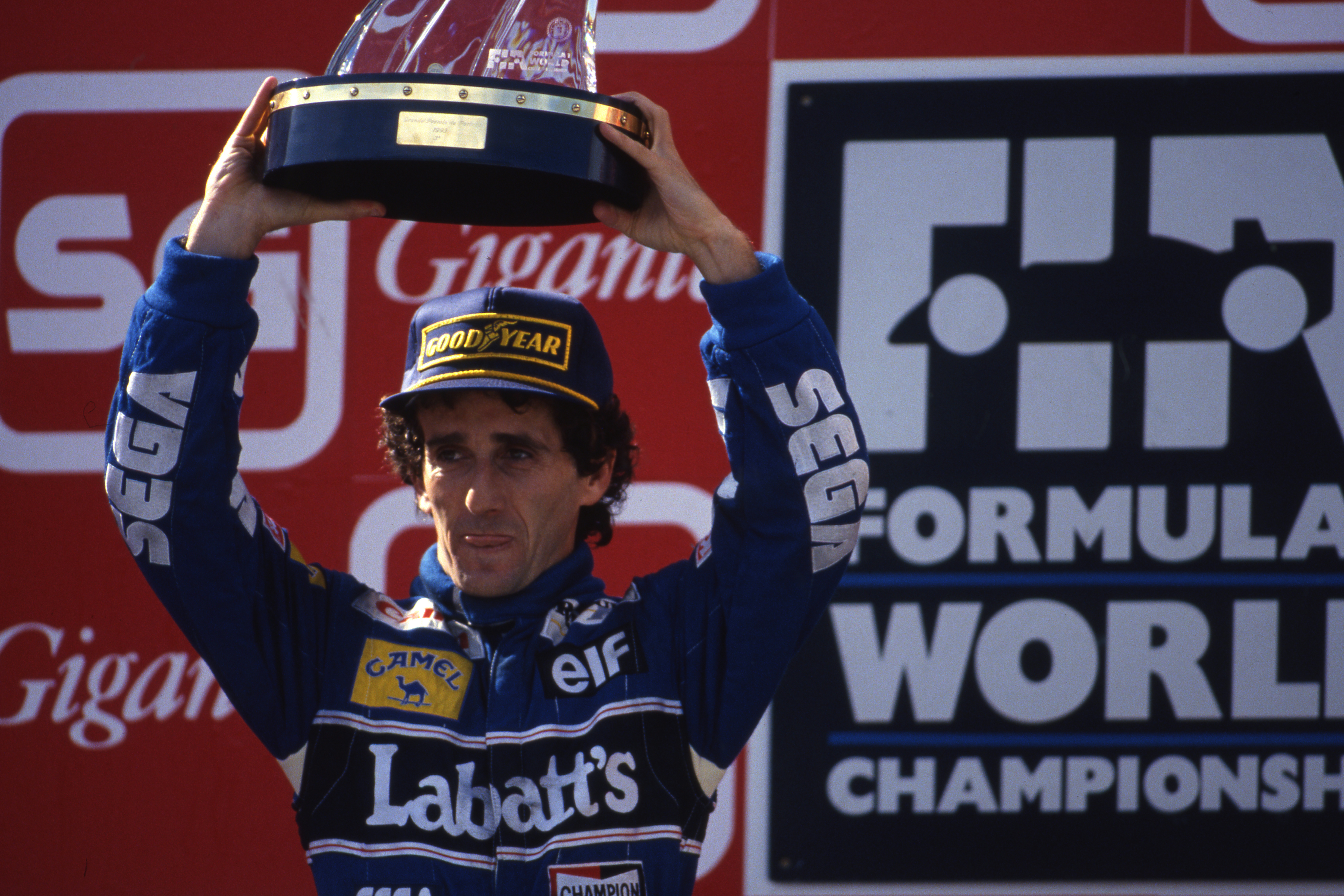
Alain Prost returned to F1 with Williams in 1993 after a sabbatical and took his fourth and final world championship at the age of 38. While there were times when he seemed to be cruising in the superior Williams FW15C, he could still turn it on when he needed to and clinched the crown with two races to spare by finishing a fighting second behind Michael Schumacher in the Portuguese Grand Prix.
With Ayrton Senna joining the team for 1994, Prost opted to quit but did later flirt with a return at McLaren. He seriously considered the chance of driving for the team in 1994 before eventually deciding against it, with Martin Brundle taking the seat. Prost still played a part at McLaren in pre-season testing in 1996 as Mika Hakkinen was sidelined with a near career ending crash at the season-concluding Australian Grand Prix the year before.
Regazzoni earns his place in history

Clay Regazzoni’s win in the 1979 British Grand Prix at the age of 39 has a special place in F1 history as the first victory for Williams Grand Prix Engineering.
Regazzoni had to rely on good fortune to win after team-mate Alan Jones retired while leading thanks to a failure of a seal in the water pump, but his final grand prix victory was a landmark one for the team. For Regazzoni, it was a reminder of the days when he was a title challenger for Ferrari and came more than three years after his previous victory.
Sadly, the former Ferrari driver’s life changed forever less than a year after that triumph when he crashed heavily in the 1980 Long Beach Grand Prix while driving for Ensign and was paralysed below the waist.
Laffite’s second Ligier stint
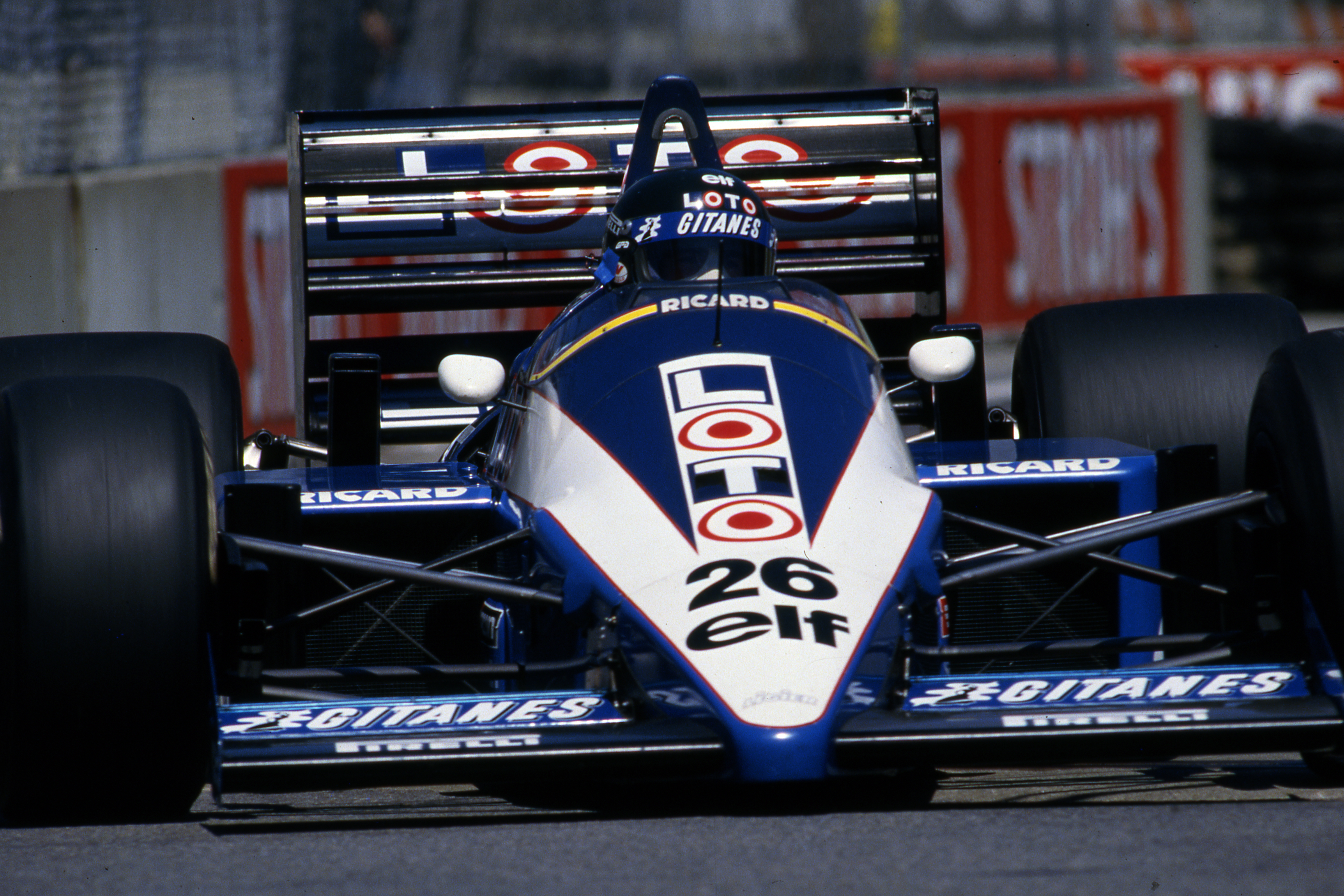
Jacques Laffite is best remembered for his race-winning heroics while driving for Ligier from 1976-1982, but after two underwhelming years with Williams he returned to his old stomping ground. There, he did what he couldn’t do in the previous two seasons at Williams and became an occasional podium finisher once again.
He finished second in the 1986 Detroit Grand Prix behind Ayrton Senna, having qualified sixth on the grid, his second podium during that season. Despite being 43, he was therefore still capable of superb results but his grand prix career came to an agonising end when he broke both his legs in a shunt at the start of the British Grand Prix. At the time, he held sixth in the world championship and only slid to eighth despite missing the last seven races of the season.
Even then, after recovering he was still talking about making a comeback. But despite getting back behind the wheel of an F1 car again, he never did so competitively and had to satiate his desire for racing elsewhere.
Piquet profits from Mansell’s problem
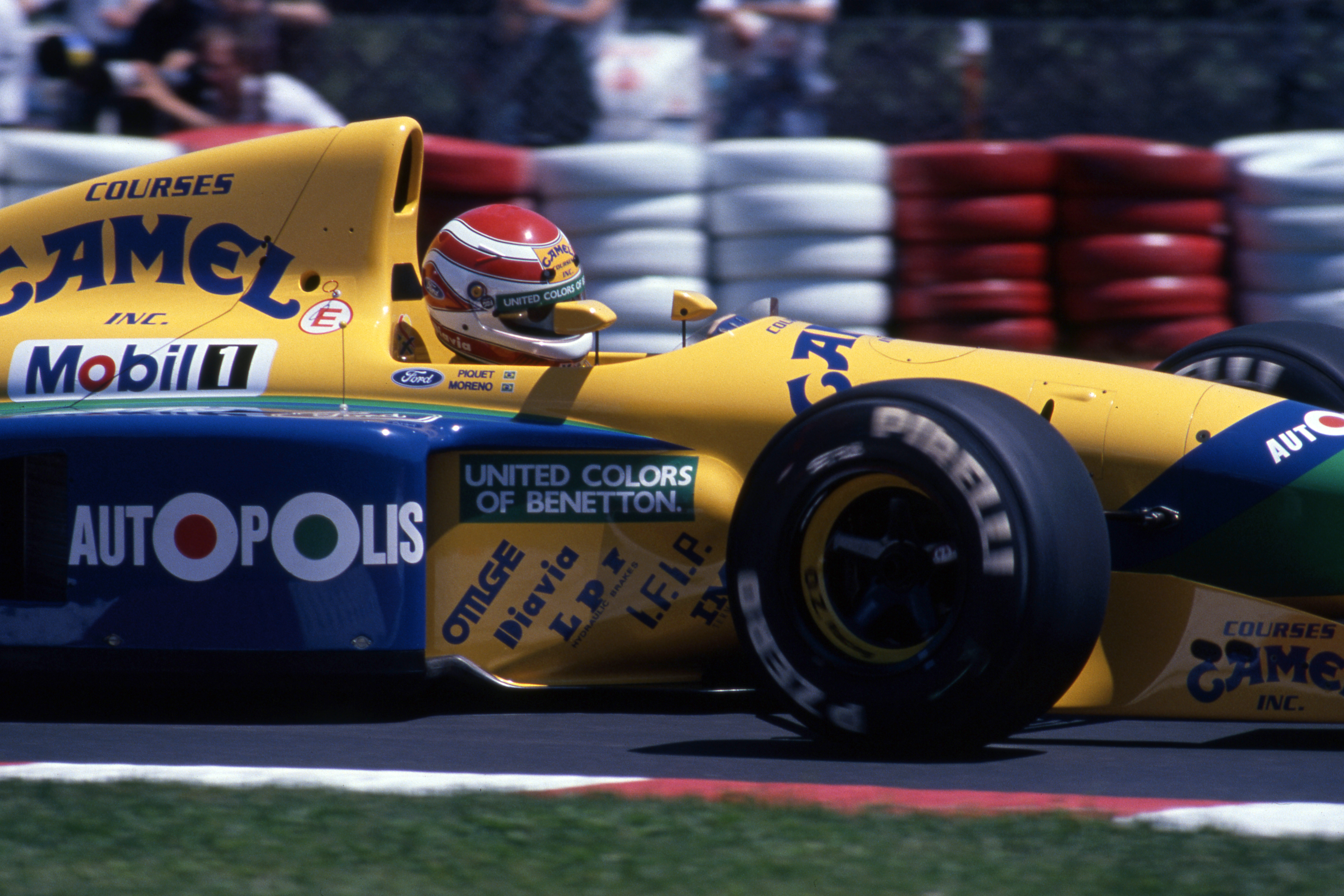
Nelson Piquet’s 23rd and final victory in Formula 1 came in the 1991 Canadian Grand Prix at the age of 38. And it was all thanks to a gift from Williams and Mansell.
Mansell led from start to the hairpin on the final lap, only to suffer from the famous driver-induced “electrical problem” that led to his Williams grinding to a halt and a grateful Piquet picking up victory for Benetton.
Although Piquet was discarded by Benetton at the end of the season, which now had the driver for the future in Schumacher, his two-year spell with the team yielded three victories and proved that he was still capable of the old magic after two winless years with Lotus.
Patrese’s final podiums
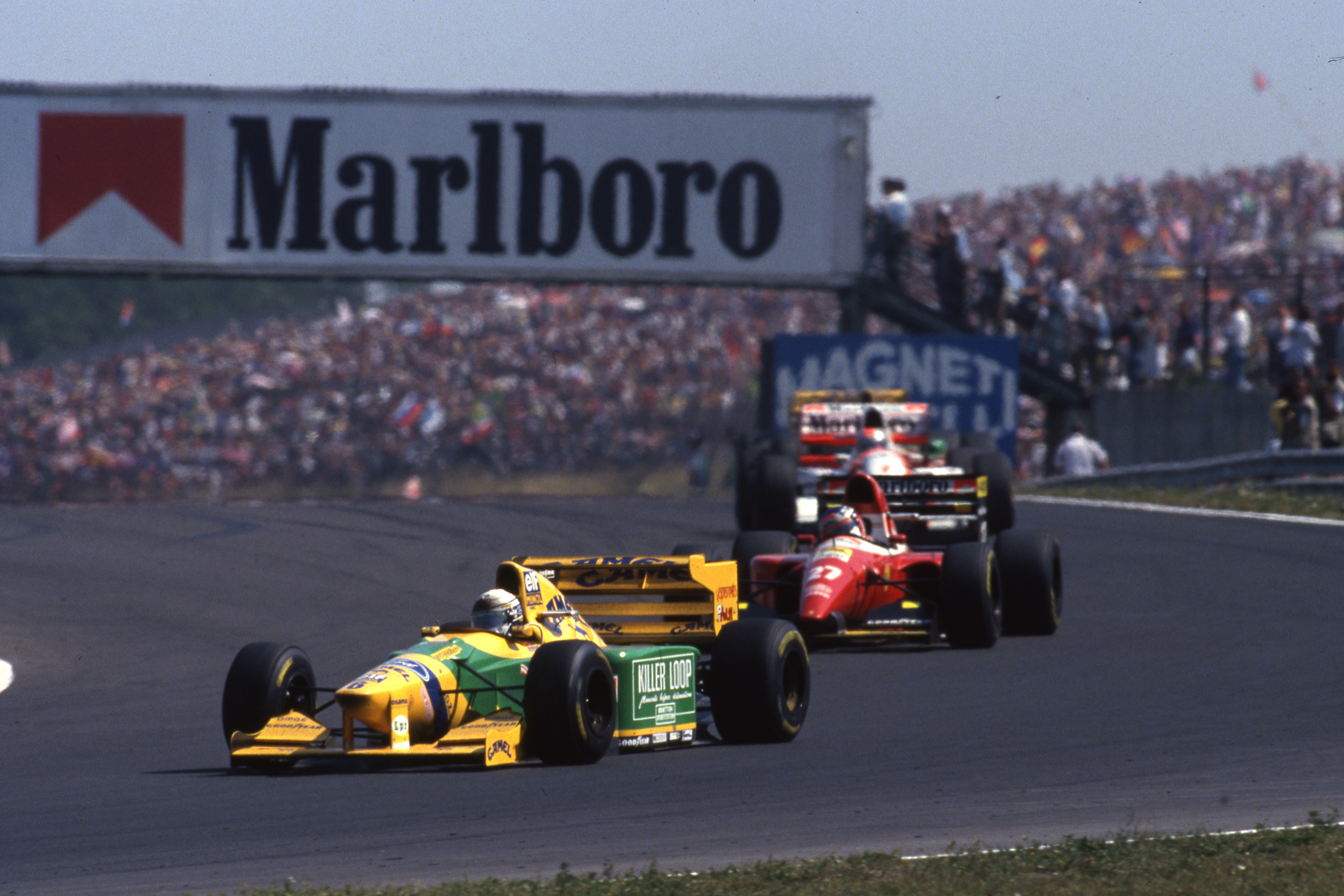
Riccardo Patrese’s final season in Formula 1 with Benetton was not a memorable one given he lagged well off the pace of Benetton team-mate Michael Schumacher with an average deficit of 1.3% in qualifying. But at the age of 39 he was still good enough to pick up a couple of podium finishes and take sixth in the world championship.
The high point for Patrese was his second place behind Damon Hill’s Williams in the Hungarian Grand Prix. True, he finished 72 seconds behind and had to capitalise on problems for Schumacher, Ayrton Senna and Prost to take the runner-up spot. But, he also had to battle illness and the loss of third gear for the final third of the race to ensure he held the place ahead of Gerhard Berger’s Ferrari.
Patrese also passed up a potential chance to enjoy some success in his 40s. He was sounded out by Frank Williams about the potential of a return to the team after the death of Ayrton Senna in 1994 and was open to the possibility. But while waiting for Williams to decide whether or not to make a firm offer, he decided not to pursue a return.


